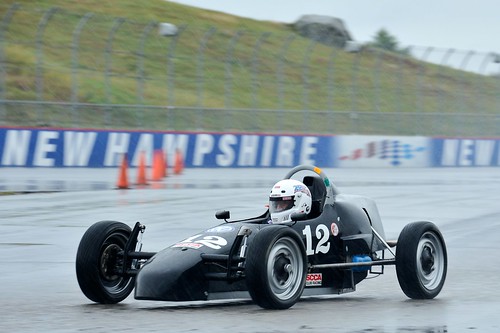ok, maybe this is a dumb question / idea, but here goes. Why are head cooling scoops always mounted above the head? Heat rises right? so what if you fabricated side pods with ducting in them, forcing the air up from under the heads? Wouldn't the convection of the heat actaully help pull the air through?
I'm not an engineer, but I did stay at a Holiday Inn once.





 Reply With Quote
Reply With Quote






